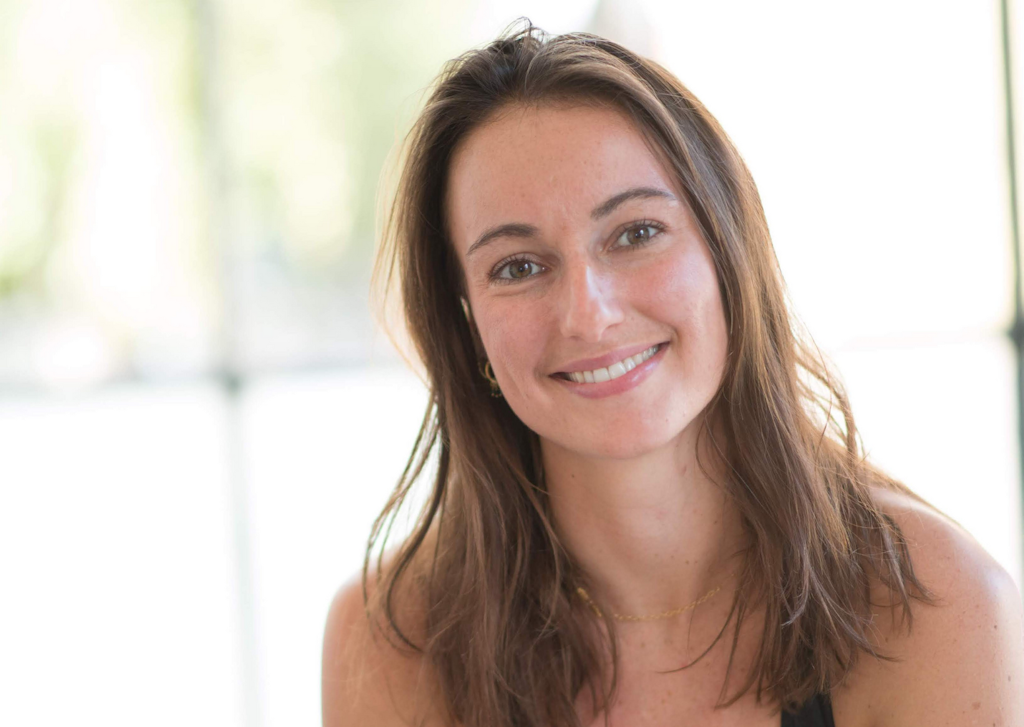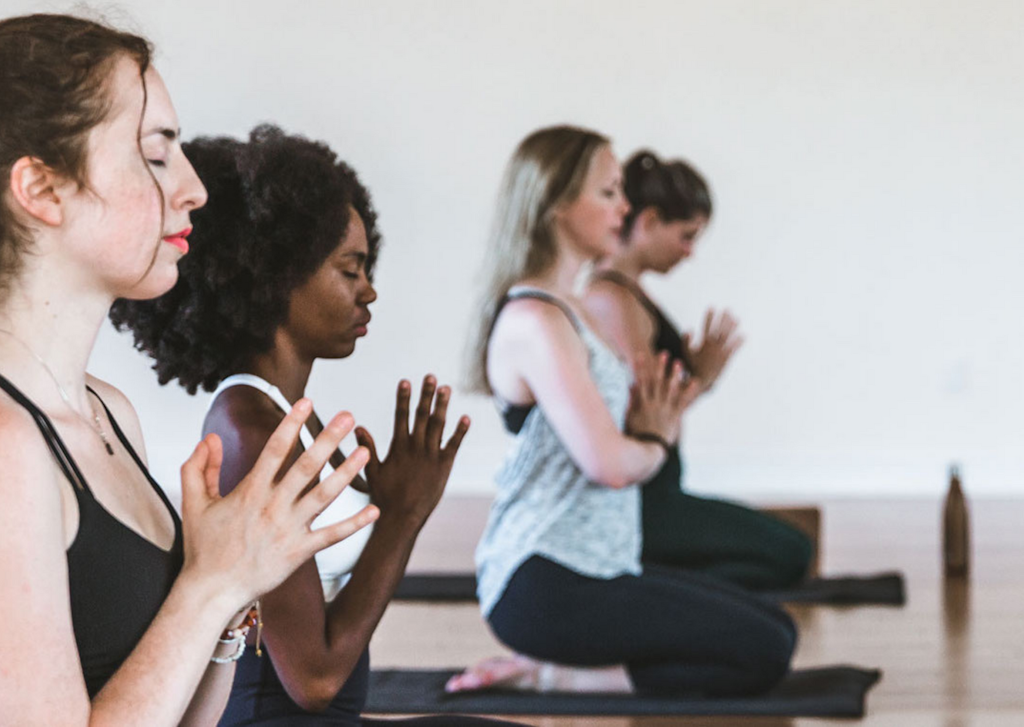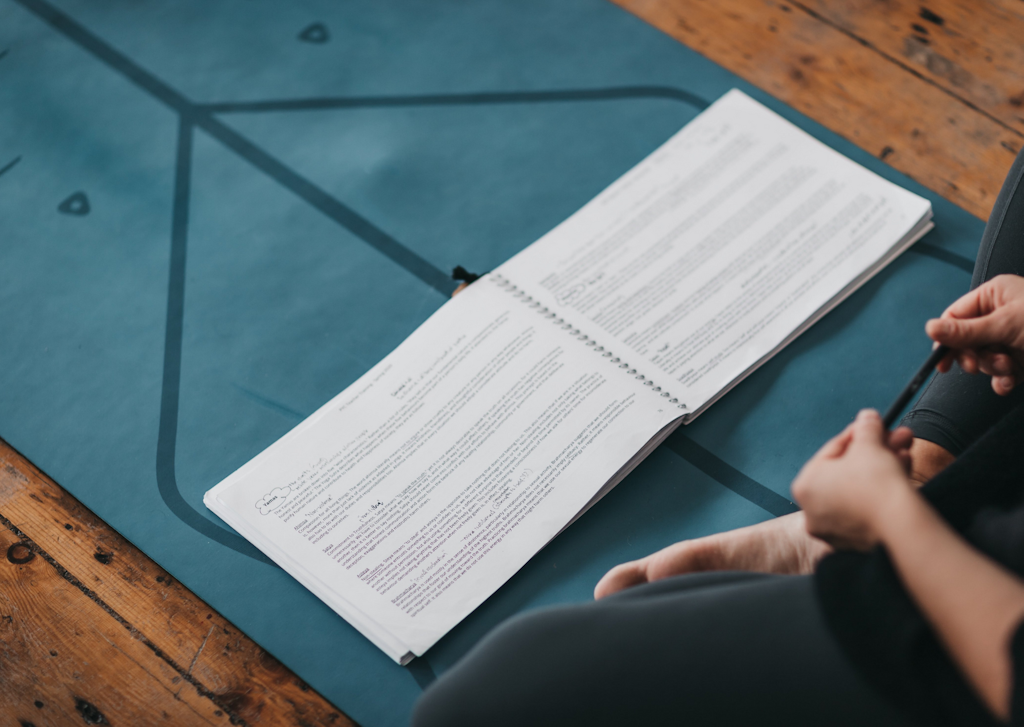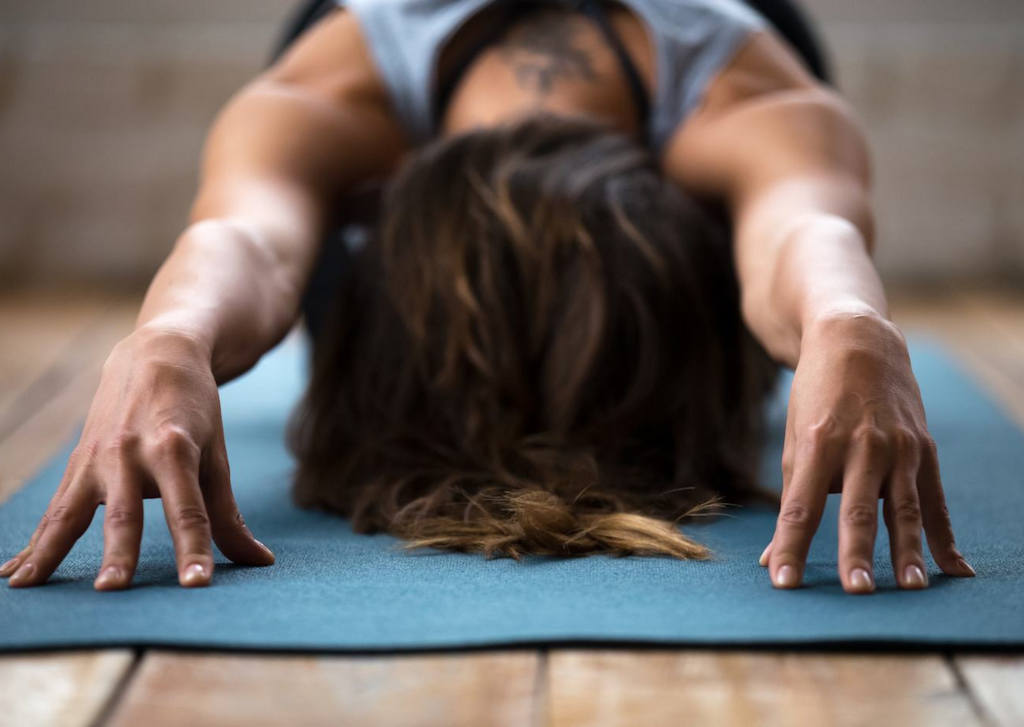In recent years there has been a huge increase in the popularity of yin yoga. We have seen many devoted yoga practitioners finding even more profound levels of inner peace and serenity through practicing yin yoga. As a result of their new-found peace and clarity, many have gone on to complete their yin yoga teacher training with us! This calm and contemplative approach to yoga can be simply life changing. But before you begin your path of discovery, here’s a brief explanation of what yin yoga actually is and why it’s so important in this stressful modern age.
Yin yoga is a slow and meditative approach to the more traditional yoga systems. When we practice yin, by bringing the physical body into specific poses and maintaining them in stillness for a more prolonged period, we are able to create a significant shift in our mental, physical, emotional and spiritual well-being – a shift that would otherwise be impossible in our busy modern lives.
This shift is experienced differently by everyone and felt most significantly in different areas of the body, however, in almost all cases, a change is inevitable, as the body becomes more flexible and the nervous system becomes calmer and more regulated over time.
This gentle, meditative practice may require a big adjustment if you’re used to a more fast-paced style of yoga, and your feelings may initially range from uncomfortable to even bored and restless. However, if you persevere, the practice will eventually bring you to a place of surrender – a sacred place of refuge in troubled times.
It’s hardly surprising that yin yoga brings such a powerful shift for the practitioner. This gentle practice is rooted in the ancient wisdom of yoga and traditional Chinese medicine combined. So, when we practice yin, we are doing much more than simply stressing the tissues (or fascia) – we are also enlivening our energy and rejuvenating our cells by targeting specific meridian lines (the energy pathways in the body, which are also known in yoga philosophy as nadis).



“Our goal in life is not to become perfect, our goal is to become whole”
The meridian system of traditional Chinese medicine understands the body holistically in terms of chi (also known as ki, life force energy or prana), so by practicing yin yoga we are tapping into this complex energy system. If we have deficient or stagnant chi, this practice will help us to increase its movement and return to equilibrium – bringing energy and feeling back into the body.
As Pattabhi Jois expounded, ‘practice, and all is coming’. Yin teaches us that this ‘all’ isn’t just the things we consider to be pleasant or good. This ‘all’ is exactly as he says – all the sensations, all the holding on, all the pain, fear and hurt, as well as the peace, joy and openness. This is why yin yoga is so powerful. It is our tool to settle into what is true. Through it, we are opened into satya (truthfulness), rather than falling victim to dvesha (avoidance).
The benefits of Yin Yoga
Through my practice and experience teaching yin, I have come to know asmita (ego self) very well. I have been confronted by the incredible tightness in my hips that turned out to be much more than just physical ‘stiffness’. Our minds and our bodies are so inextricably connected – everything we think and feel is logged and can be manifested in the body unless it is acknowledged and observed. Yin taught me how to observe in a way that my vinyasa practice had never done.
Coming from a place of yang energy (the active, fiery side of the coin) and arriving at a yin class (the soft, slow, quiet side) I didn’t know what to do with myself. I felt hysterical while everyone else seemed so peaceful and serene. But as I came out of the postures, I felt this incredible lightness, like a weight had been lifted – and it was then that I knew I would keep coming back to yin.



“We don’t use our body to get into a pose, we use the pose to get into our body”
My Journey Through Yin Yoga Teacher Training
As the years have passed, I have moved from student to teacher, although I will always remain a student as well. My yin yoga teacher training experience was nothing short of life-changing, and having this skill in my teaching repertoire has been invaluable ever since.
Even if you are a yoga teacher with decades of experience, yin yoga will teach you compassion in your approach to students, and a greater depth of understanding – of pranamaya kosha and manomaya kosha (the energetic and mental sheaths of the body). It will give you a fascinating insight into the many ways our bodies are influenced by the central nervous system, as well as the role fascia plays in stretching. You will understand the importance of modifications for people who are already very flexible versus those who are far less flexible. This expanded awareness will filter through into your teachings of other forms of yoga, especially meditation.
The most skilful way I have learned to practice and teach is by honouring each unique individual – the idiosyncrasies of their bodies, their skeletal structures, etc. – and understanding that I do not know what is happening in their head space. We can learn so very much from yin, both by practising and teaching. The task is to show up and be present. To begin the act and art of surrendering into what is, and eventually learning to find peace within the discomfort and challenge of the postures.
Yin Yoga with the Power Yoga Company!
if you’re completely new to the practice, you can begin your yin yoga journey today! Get in touch with the Power Yoga Company and book a class with us. We’ll guide you through it with empathy, skill and compassion.